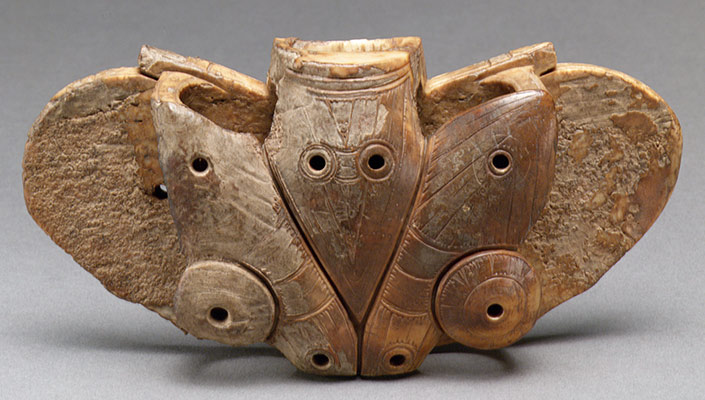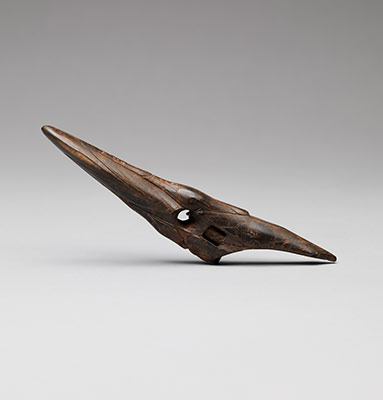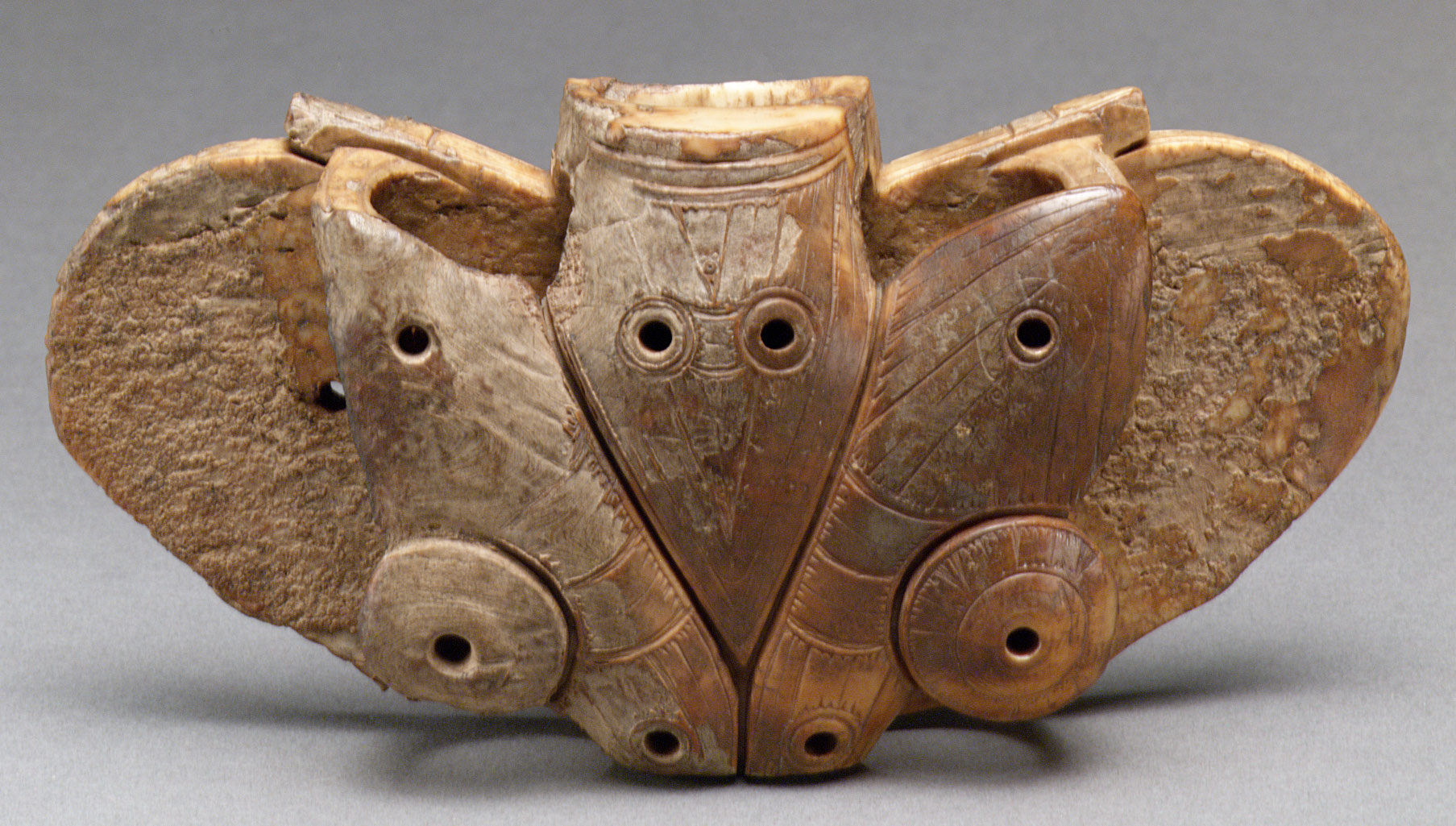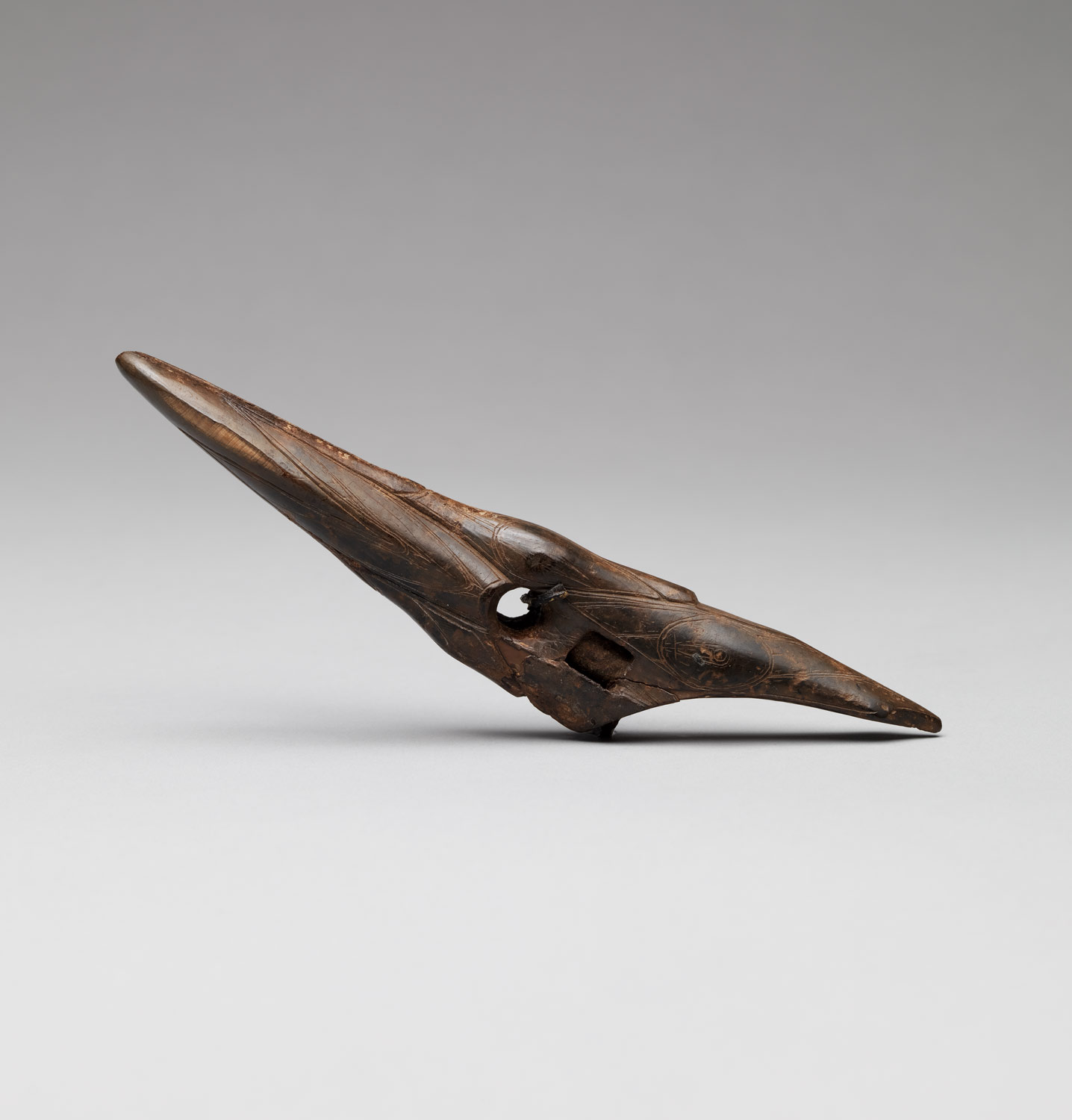Interregional communication increases together with long-distance trade in precious materials, particularly in the Eastern Woodlands. Copper, mica, obsidian, and marine shell are widely traded, and objects made from them are status markers when they appear in burials. At Hopewell, on the North Fork of Paint Creek in Ohio, a great earthwork enclosure is built that surrounds a major earthen mound thirty feet high. The Hohokam peoples of the Sonora Desert in Arizona have ties to Mexico, as seen in ceramic objects of apparent ritual importance such as figurines. In the Arctic, marine hunting technologies are successful, and at Point Hope, Alaska, burial customs are elaborated with the significant carving of objects made from walrus ivory.
North America, 1–500 A.D.
Timeline
1 A.D.
125 A.D.
EAST OF THE MISSISSIPPI
WEST OF THE MISSISSIPPI
SOUTHWEST
ARCTIC
125 A.D.
250 A.D.
EAST OF THE MISSISSIPPI
WEST OF THE MISSISSIPPI
SOUTHWEST
ARCTIC
250 A.D.
375 A.D.
EAST OF THE MISSISSIPPI
WEST OF THE MISSISSIPPI
SOUTHWEST
ARCTIC
375 A.D.
500 A.D.
EAST OF THE MISSISSIPPI
WEST OF THE MISSISSIPPI
SOUTHWEST
ARCTIC
Overview
Key Events
-
ca. 100 A.D.
Settled farming communities are present in the Southwest.
-
ca. 100 A.D.
The site of Hopewell, for which archaeological manifestations are named, flourishes in Ross County, Ohio.
-
ca. 100 A.D.
Rich burial and cache objects are found at Ohio Hopewell and Havana Hopewell sites; Havana sites in Illinois produce baked clay figurines.
-
ca. 300 A.D.
Circular pithouses are built into bedrock overlooking Forestdale Valley in Arizona at Bluff village.
-
ca. 300 A.D.
Snaketown, a large Hohokam site on the Gila River in the Phoenix basin, Arizona, is occupied. It exhibits strong cultural ties to northwestern Mexico.
-
ca. 400 A.D.
Ipiutak implements, ornaments, and masks of walrus ivory are created at Point Hope, Alaska.
Citation
“North America, 1–500 A.D.” In Heilbrunn Timeline of Art History. New York: The Metropolitan Museum of Art, 2000–. http://www.metmuseum.org/toah/ht/?period=05®ion=na (October 2000)
Related
Map




